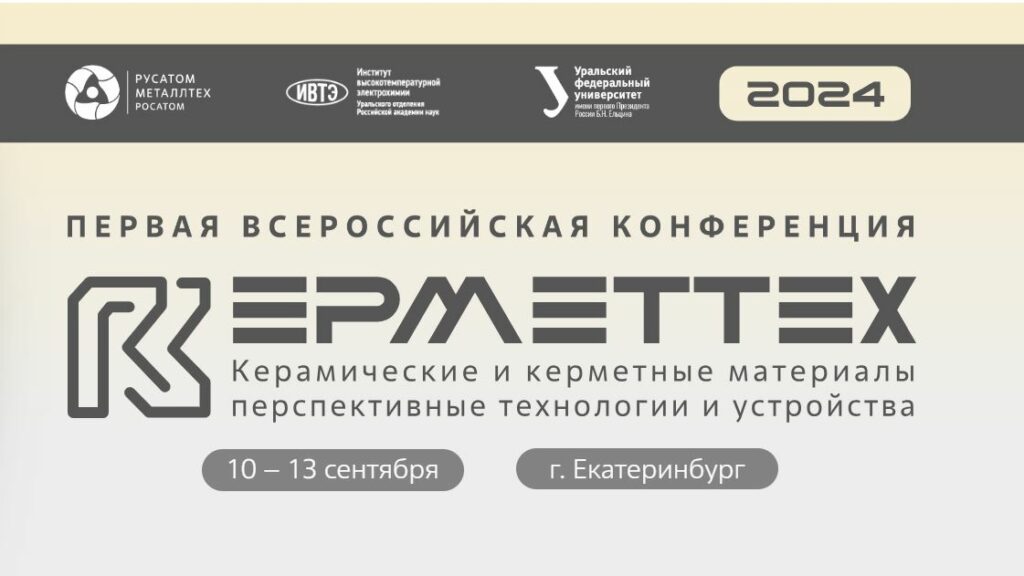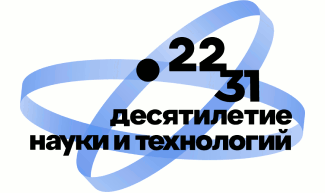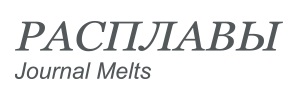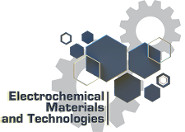A new Special Issue “Layered Perovskites: Synthesis, Properties and Structures” has been launched in an open access journal Inorganics (ISSN 2304-6740), MDPI publishing. This special issue belongs to the section “Inorganic Solid-State Chemistry”
 Guest Editor
Guest Editor
Prof. Dr. Nataliia Tarasova
natalia.tarasova[at]urfu.ru
The layered perovskites can be classified as Ruddlesden–Popper, Dion–Jacobson and Aurivillius structures. Compounds with Ruddlesden–Popper structure have the general formula An+1BnO3n+1 in which the alternation of layers is characteristic perovskite structure (P) and rock salt structure fragments (RS) in sequences –Pn–RS–Pn–RS–, where n is the thickness of the perovskite layer. Aurivillius phases are characterized by the formula An-1Bi2ВnO3n+3, which describes the alternation of perovskite layers with layers having a fluorite structure, formed by bismuth and oxygen ions. Dion–Jacobson phases are described by the formula A’[An-1BnO3n+1].  The structure of these compounds includes perovskite layers separated by layers, in which are only metal cations, usually alkaline or alkaline earth. The materials with layered perovskite-related structures have many various applications due to their different physical-chemical properties. These properties are dependent on the nature of ions in the crystal lattice. For the last decades, different compositions with layers of perovskite structures were described as superconductors, giant and colossal magnetoresistors, microwave dielectrics, phosphors, mixed ionic and electronic conductors, dielectrics, magnetic materials, thermoelectrics, photocatalysts for hydrogen production, materials for high-efficiency photovoltaic cells, oxygen-ionic conductors, protonic conductors.
The structure of these compounds includes perovskite layers separated by layers, in which are only metal cations, usually alkaline or alkaline earth. The materials with layered perovskite-related structures have many various applications due to their different physical-chemical properties. These properties are dependent on the nature of ions in the crystal lattice. For the last decades, different compositions with layers of perovskite structures were described as superconductors, giant and colossal magnetoresistors, microwave dielectrics, phosphors, mixed ionic and electronic conductors, dielectrics, magnetic materials, thermoelectrics, photocatalysts for hydrogen production, materials for high-efficiency photovoltaic cells, oxygen-ionic conductors, protonic conductors.
In this Special Issue, we wish to cover the most recent advances in all these aspects of layered perovskites by hosting a mix of original research articles and short critical reviews.
Keywords
- ceramics
- layered perovskites
- ion conductivity
- photovoltaics
- superconductors
- phosphors
- photocatalysts
Deadline for manuscript submissions: 31 March 2023





